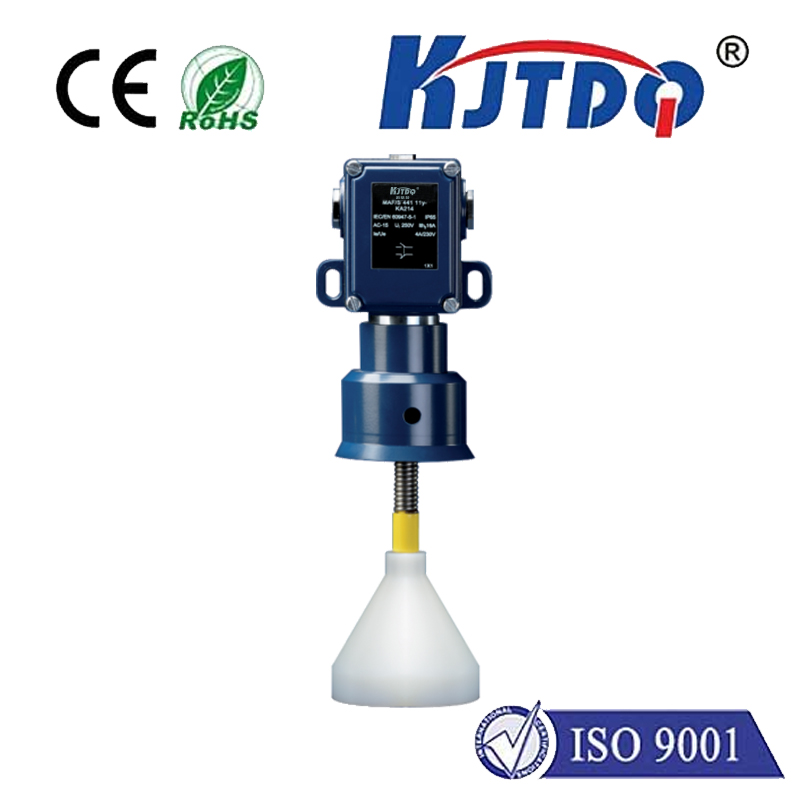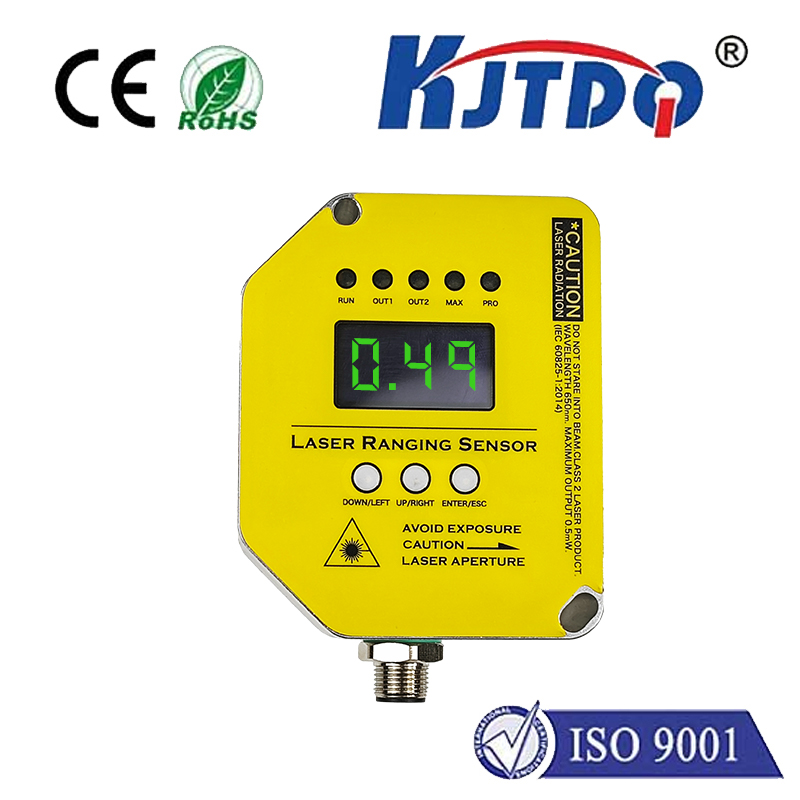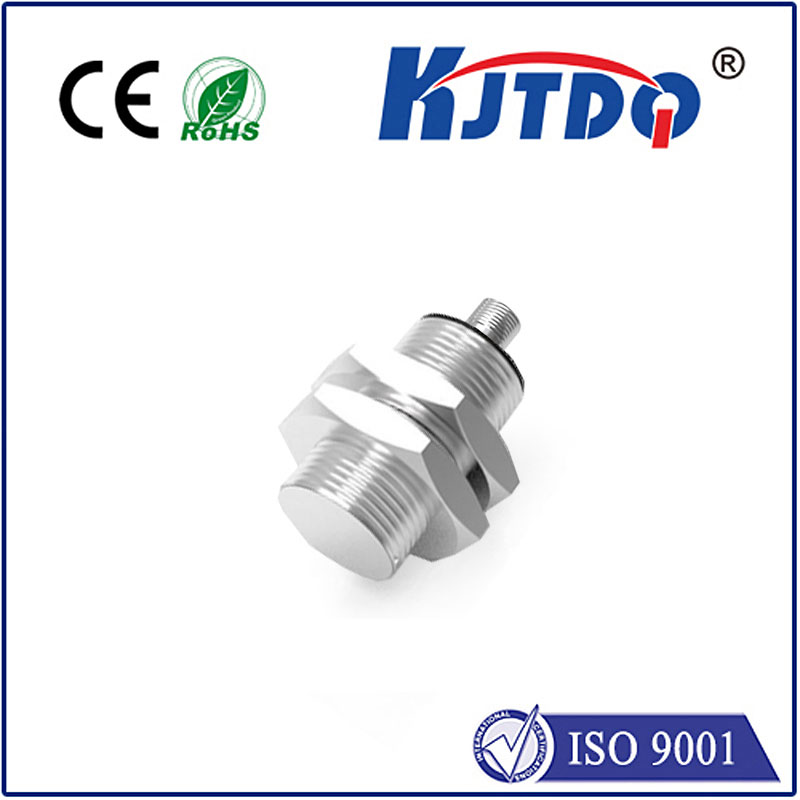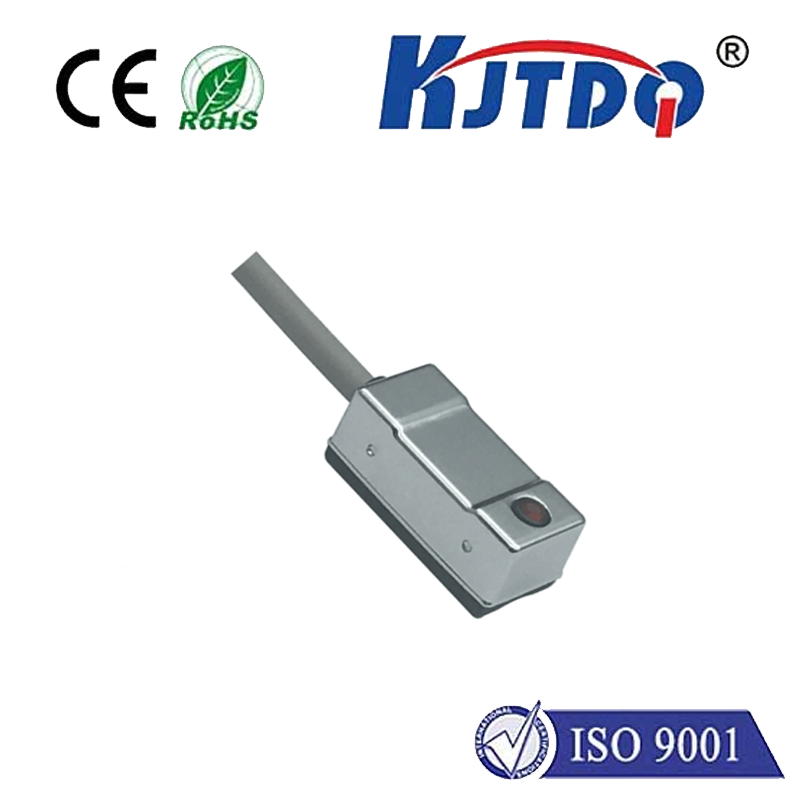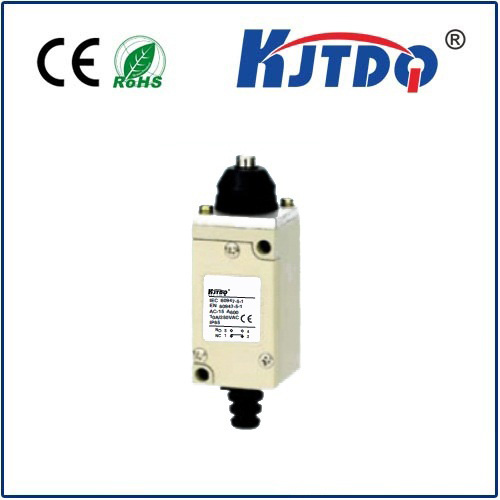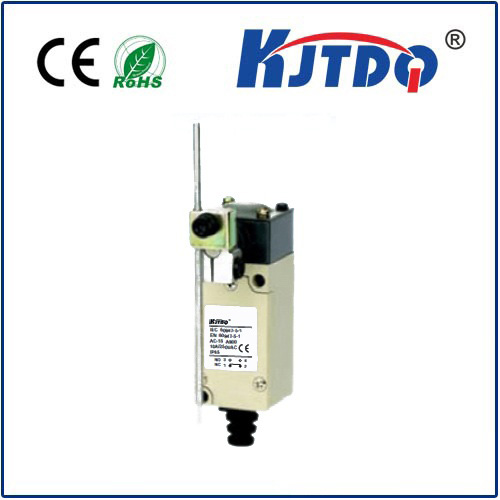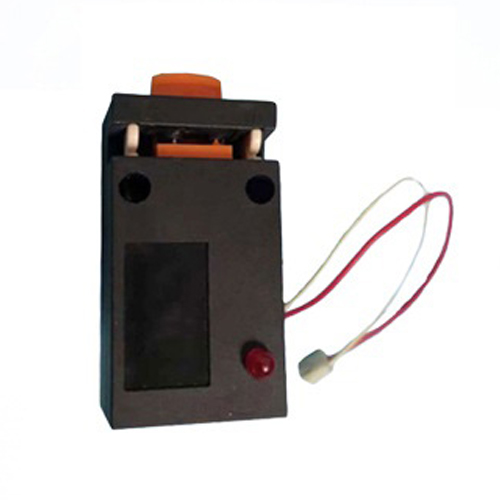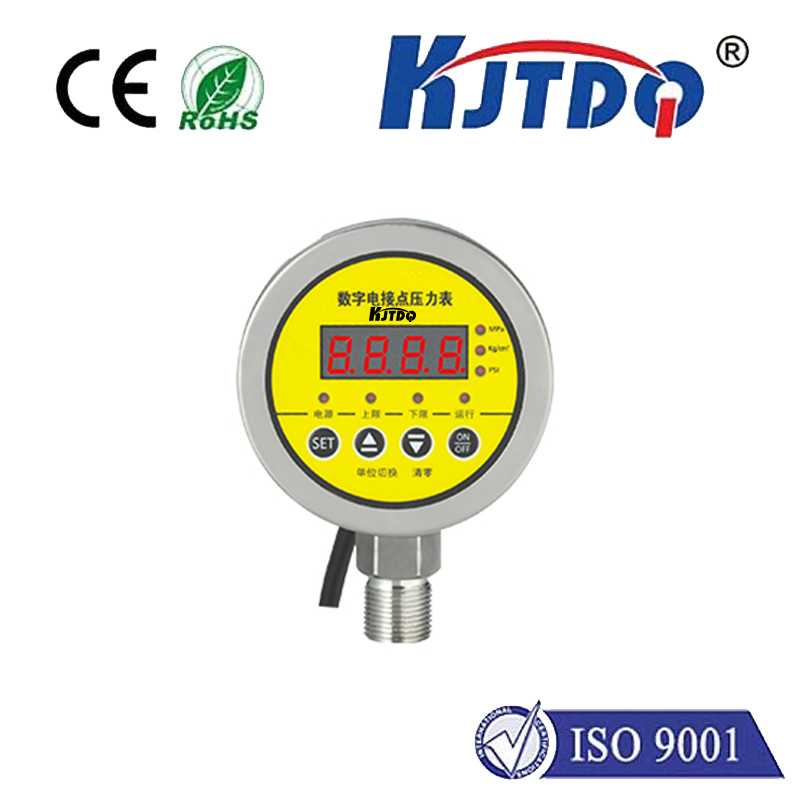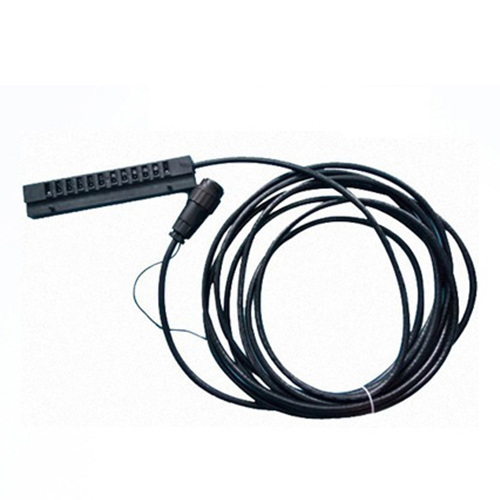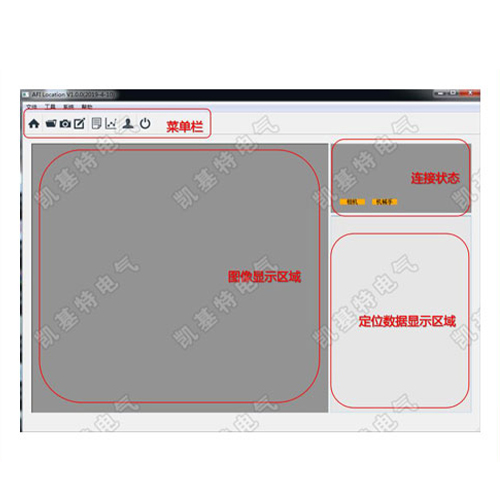

check

check

check

check
Imagine intricate manufacturing lines humming with efficiency, automated guided vehicles navigating warehouses flawlessly, or packaging machinery sealing products with unwavering accuracy. At the heart of this seamless automation often lies an unassuming hero: the photoelectric sensor. Specifically, the E3RA-DP15-F2 2M Micro Photo Sensor stands out as a powerhouse of reliability in diverse industrial settings. Understanding its capabilities is key to optimizing production flow and ensuring reliable object detection.
What Exactly is the E3RA-DP15-F2?
The name itself reveals crucial information. “E3RA” identifies it as part of Omron’s renowned E3RA series of through-beam photoelectric sensors, known for their robustness and performance. “DP15” signifies its type and range: it’s a Diffuse Reflective sensor (D) with a Polarized Filter (P), and boasts a substantial 15-meter sensing distance. The “F2” denotes a Flush-mountable housing design, enhancing its suitability for tight spaces and protection against physical impact. Finally, “2M” indicates the standard cable length of 2 meters. In essence, this sensor excels at detecting objects without needing a separate reflector, utilizing polarized light to overcome challenges posed by shiny surfaces – all within a compact, durable package.
The Core Technology: Diffuse Reflective Sensing with Polarization

Unlike through-beam sensors requiring a transmitter and receiver on opposite sides, diffuse reflective sensors like the E3RA-DP15-F2 house both components in one unit. The sensor emits a light beam (typically infrared or visible red); when an object enters its detection zone, light is reflected back to the receiver within the same housing, triggering the output signal. Simple in concept, yet powerful.
But what makes the “Polarized” aspect so vital? Standard diffuse sensors can struggle with highly reflective objects (like mirrors, polished metal, or glossy packaging). These surfaces reflect light directly back to the sensor much like a smooth background might, potentially causing false detections or missed signals. The polarized filter solves this. The sensor emits polarized light. A special filter (polarizing filter) in front of the receiver is oriented perpendicularly. Light reflecting off non-shiny, matte surfaces becomes depolarized and can partially pass through this filter to activate the receiver. However, light reflecting off a smooth, mirror-like surface retains its original polarization and is blocked by the perpendicular filter. This ingenious design allows the E3RA-DP15-F2 to reliably detect shiny objects where standard diffuse sensors falter, significantly expanding its practical application range.
Key Features Driving Industrial Adoption
The E3RA-DP15-F2 2M Micro Photo Sensor packs a punch beyond its core detection principle. Here’s what makes it a preferred choice:
Where Does the E3RA-DP15-F2 2M Shine? Applications Galore
The E3RA-DP15-F2’s blend of long range, object versatility, compactness, and durability makes it incredibly adaptable:
Why Choose the E3RA-DP15-F2 Over Alternatives?
When assessing photoelectric sensors for demanding industrial tasks, the E3RA-DP15-F2 2M Micro Photo Sensor presents a compelling value proposition. Its unique combination of long-range diffuse sensing, immunity to shiny surfaces via polarization, compact and rugged F2 housing, environmental resilience (IP67), and proven Omron reliability sets it apart. While retroreflective sensors offer longer ranges, they require reflectors – adding complexity. Basic diffuse sensors fail with shiny targets. The E3RA-DP15-F2 effectively bridges this gap, offering a powerful, self-contained solution. For applications requiring dependable, long-distance detection (up to 15m) in a compact form factor, especially where shiny objects, tight spaces, or harsh conditions are present, it consistently proves to be an exceptional industrial-grade photoelectric sensor.
Engineers seeking to enhance automation reliability, reduce false triggers from reflective surfaces, and integrate sensors into space-constrained designs will find the **E3RA-DP
